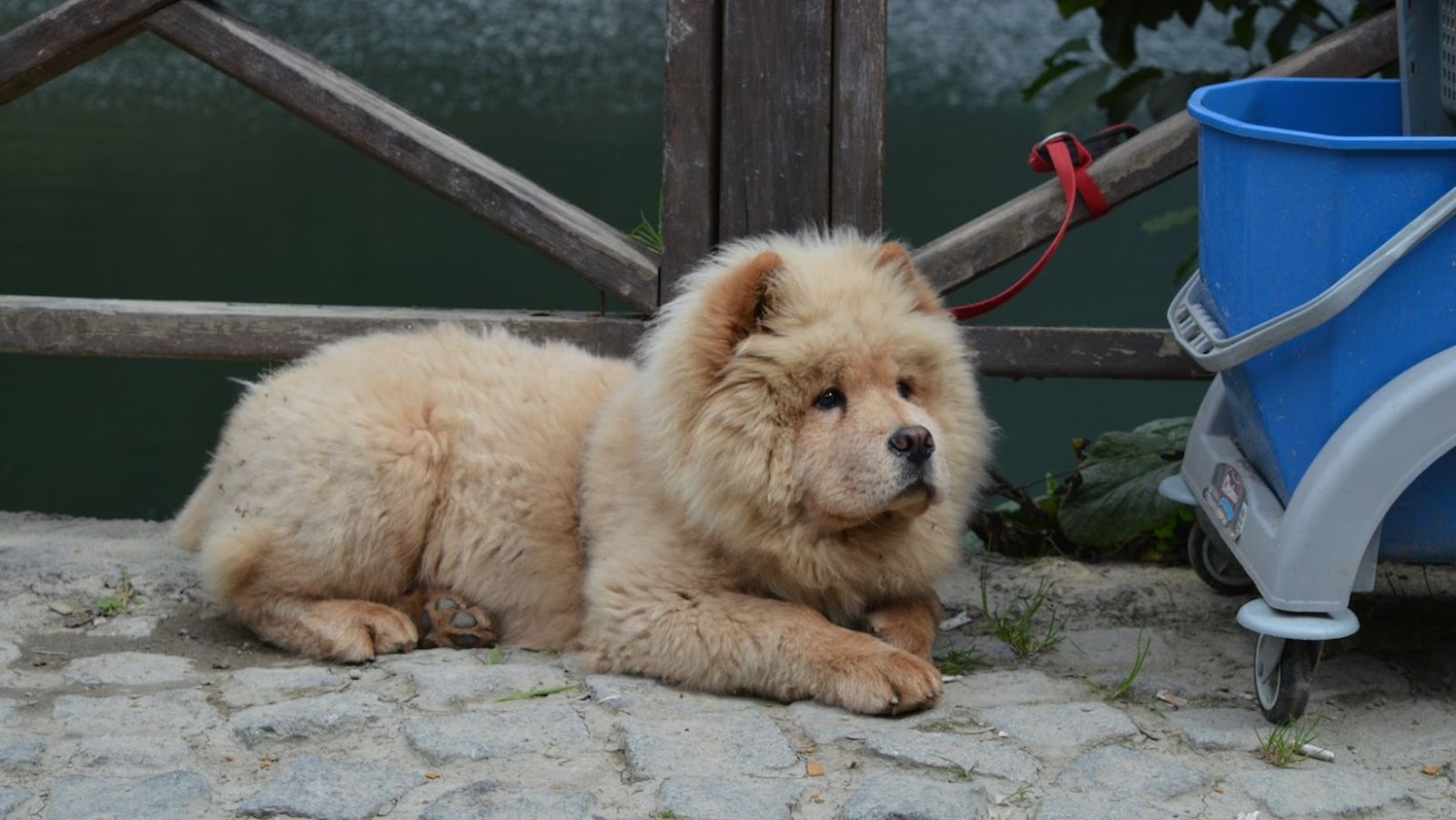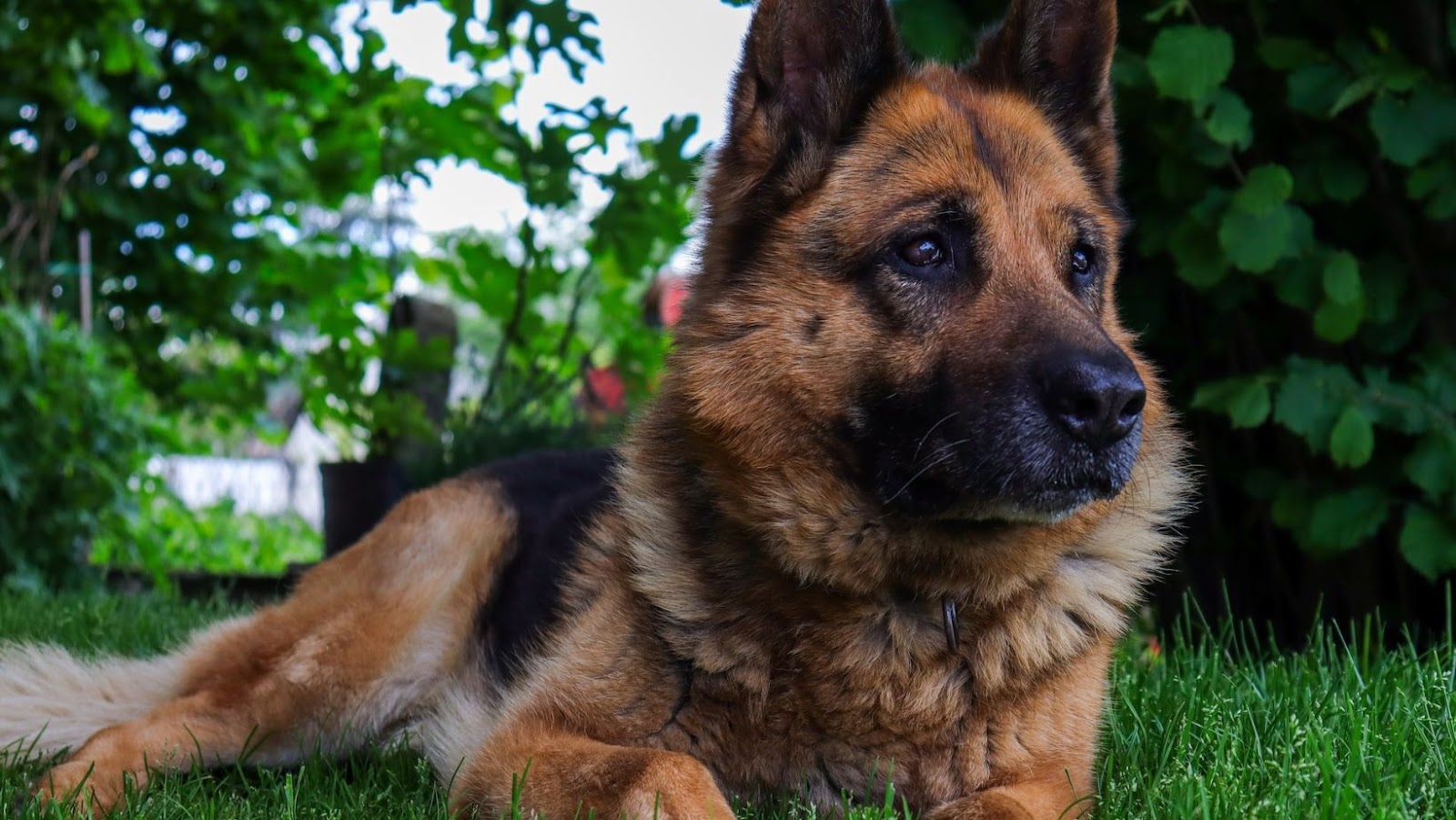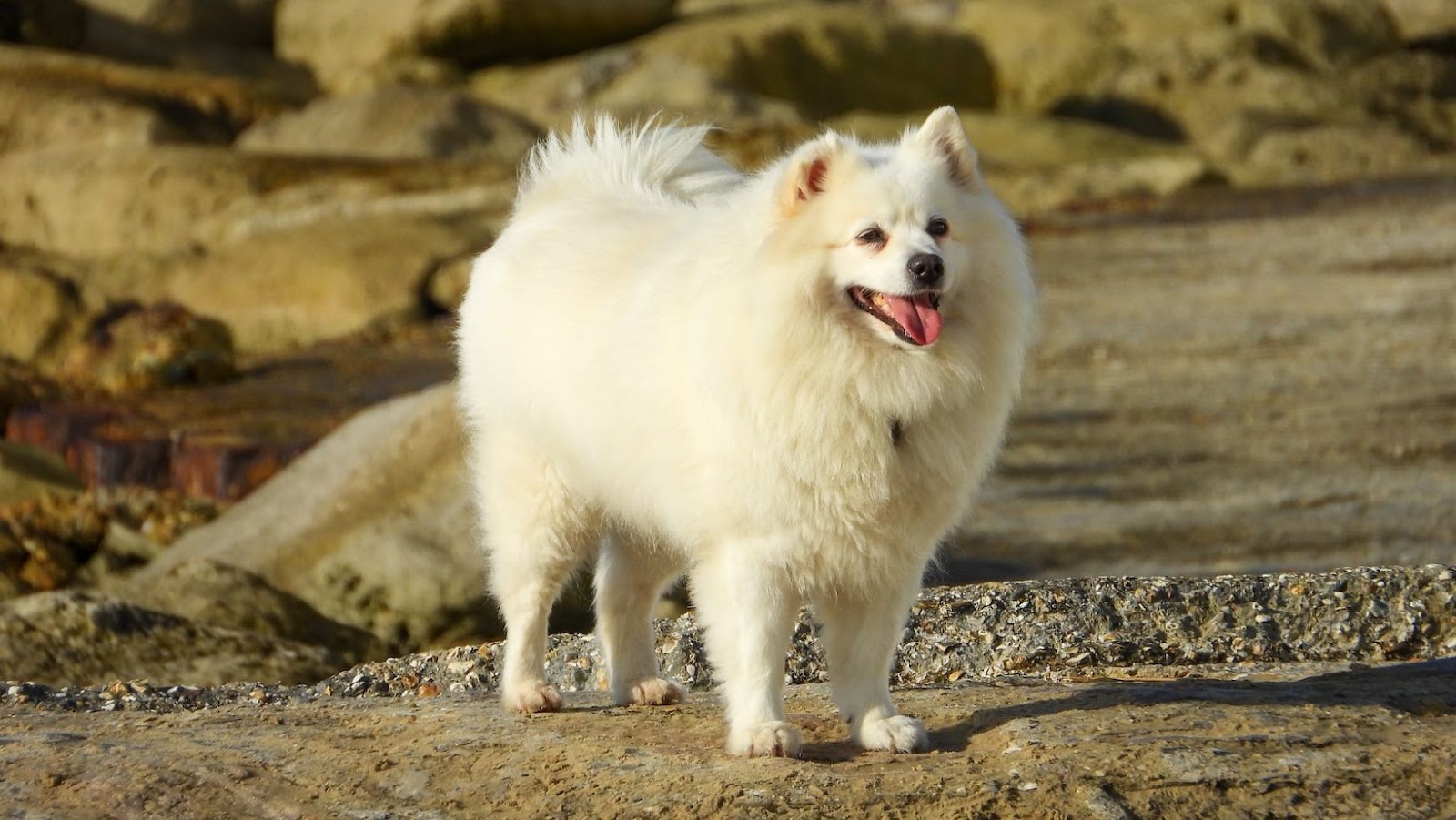
Are you looking for ways to reduce dog shedding because all that fur is just too much to bear? To do this, you must first know what is causing your dog to lose its fur. Some causes are inherited, while others are acquired—you can do something about the second type and not the first.
Why is my dog shedding so much? Well, these are some reasons why your dog is losing more hair than expected:
Natural Causes
Genetics: Every breed will have its shedding pattern, with some shedding more frequently than others.Fur type: Dogs have varying fur types and coats. Those who have more fur will shed more.Shedding season: There are times of the year when a dog’s fur will fall off on its own. A dog’s body is “programmed” to release fur when it’s time to let go of old or damaged hair or if the season has become warm and that extra heat is uncomfortable.
Motherhood: If the nutritional requirements of pregnancy and breastfeeding are not met, it may cause a mother dog to become malnourished, which may lead to loss of fur.
Unnatural Causes
Skin Friction: Poorly fitting collars or garments and excessive petting or self-grooming may irritate the skin and cause “frictional alopecia.” Allergies: A dog may be allergic to something it ate or encountered. The allergic reactions may cause skin itchiness, and the dog may remove a lot of its fur by scratching excessively. Learn more about the allergies in dogs here.
Illnesses: Certain medical conditions make dogs lose their fur even when it’s not time to do so. These may involve damage to the dog’s hair or skin because of infections caused by bacteria, fungi, or parasites and exposure to toxic substances. Others involve hormonal imbalances, nutritional deficiencies, or inborn abnormalities.
Stress
How to reduce dog hair shedding? It may involve stress management. Dogs experiencing stress or anxiety may groom or scratch themselves excessively. They may pull out some of their fur and even eat it to relieve their distress.

To help relieve your dog’s stress, stick to a routine, offer them ample physical activity and mental stimulation, play calming music, and try pheromone diffusers.
Select Dog Breeds Carefully
Figuring out how to stop excessive shedding in dogs can be tough, but to steer clear of the issue, you may choose dogs that do not shed much. Dog breeds shed differently. Doggies with thick double coats shed throughout the year, while others may shed only occasionally.
The American Kennel Club has a list of dogs that don’t shed. They also have a “dog breed explorer” where you can check how much grooming a dog requires.
When do dogs shed the most? For most dogs with seasonal shedding patterns, dramatic temperature changes often cause shedding. The fur is replaced with a lighter coat during springtime and a heavier one during fall.
Bathing
Bathing a dog helps remove dirt and other irritating substances that may have gotten stuck in its fur. Not giving your dog a bath when it needs one will cause it to develop skin infections, which will worsen shedding. This is particularly true with dogs that have tangle-prone hair.
The best time to regularly bathe a dog is during the shedding season, when they shed the most hair. This is to help them get rid of the excess fur and to keep their skin healthy.
Groom More Often
You must brush dogs that frequently shed to remove the dead fur and prevent it from irritating the skin. Brush the dog’s fur every other day if possible. Consider bringing a hard-to-groom dog to a groomer. Mari Rozanski, a professional dog groomer, recommends grooming every four to six weeks to manage dog shedding.

Remove Parasites
Ticks, fleas, and mites may irritate the skin and cause the fur to fall off prematurely. Your vet may prescribe a medicated spray or shampoo to help remove the parasites. They may also give your dog antibiotics to treat blood infections caused by these pests.
Remove Fungi
The dog’s immune system typically keeps fungi and other microorganisms under control, but if it is weakened or if the skin produces excessive oils, fungi found on the skin may cause an infection. Fungal infections are treated by topical and oral medications.
Give Better Nutrition
Fixing a dog’s diet helps reduce dog shedding naturally. A poor diet will cause hair loss because maintaining a healthy coat of fur requires protein, especially from meat. If you are feeding your dog little to no meat, try giving it more meaty food. Hair loss may occur when a dog doesn’t consume enough vitamins and minerals, such as Vitamin A and Zinc. Giving a dog nutritious food, especially those rich in vitamin C, may help prevent further hair loss. Consider giving dogs fruits such as Clementines. Learn more: Can dogs eat Clementine
Choose dog food to reduce shedding—these are formulated to provide nutrients and substances that support skin and fur health and reduce the likelihood of fur loss. Ask your vet for recommendations.
Visit The Vet
As mentioned previously, dogs shedding a lot may be a sign of an illness. Your vet will check the dog’s fur coat and skin to see if it has fungal infections and parasites. The vet will also see if the dog’s skin is dry or has disorders that cause inflammation and itchiness.
The vet can perform a range of assessments, including blood work and biopsies, to check for deeper causes of the fur loss. Illnesses to check are diabetes, thyroid problems, hormonal imbalances such as with Cushing’s disease, malnutrition because of digestive disorders, allergic reactions, autoimmune diseases, and cancer, to name a few.
Treatments to reduce dog shedding will vary depending on the diagnosis. For instance, regular insulin injections to manage diabetes; hormone replacement will correct hormone-related illnesses; eliminating the causes of allergies and treating the symptoms will help cure allergic hair loss, and so on.

Stop Hair Pulling
If your dog is habitually chewing on its fur or removing it, you must train it to stop. Doing this will require you to distract it whenever you catch it doing the undesired behavior. Consider giving it more activities so it won’t have time to pay too much attention to its fur. A dog trainer may help stop this bad habit; consider hiring one.
Final Words: Work With Your Vet
Because several factors may cause shedding, it would help if you seek professional help to figure out what is causing the problem. Before trying out excessive dog shedding remedies, it is best to consult your vet to know if it is safe for the age and breed of your dog.























